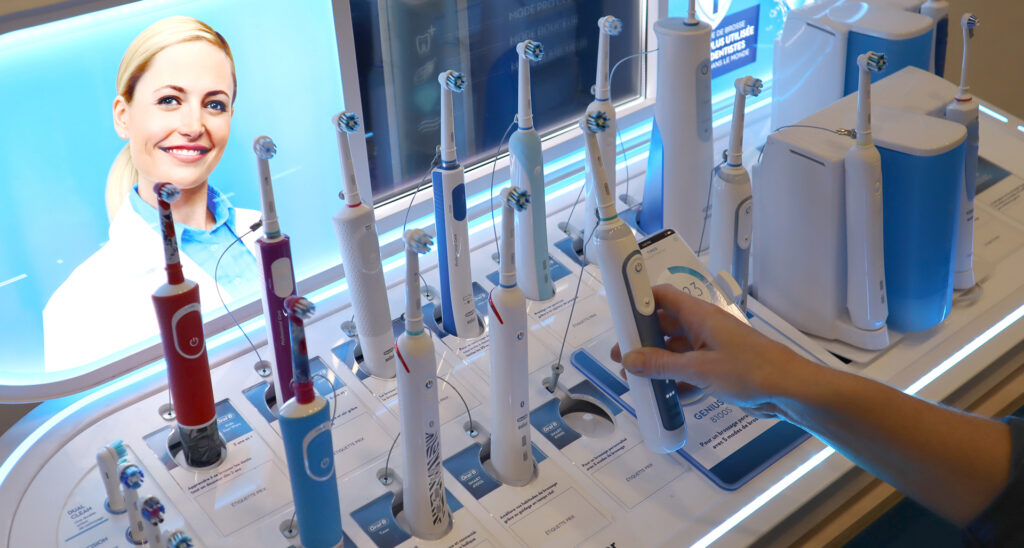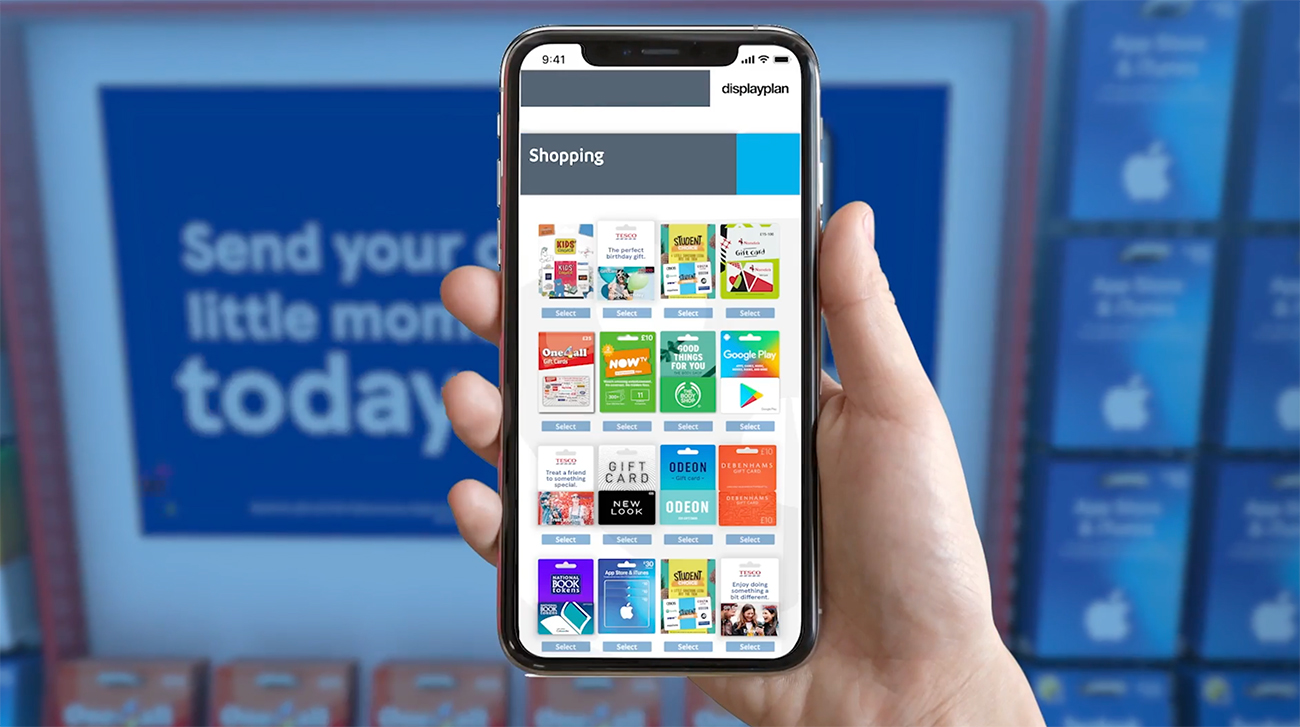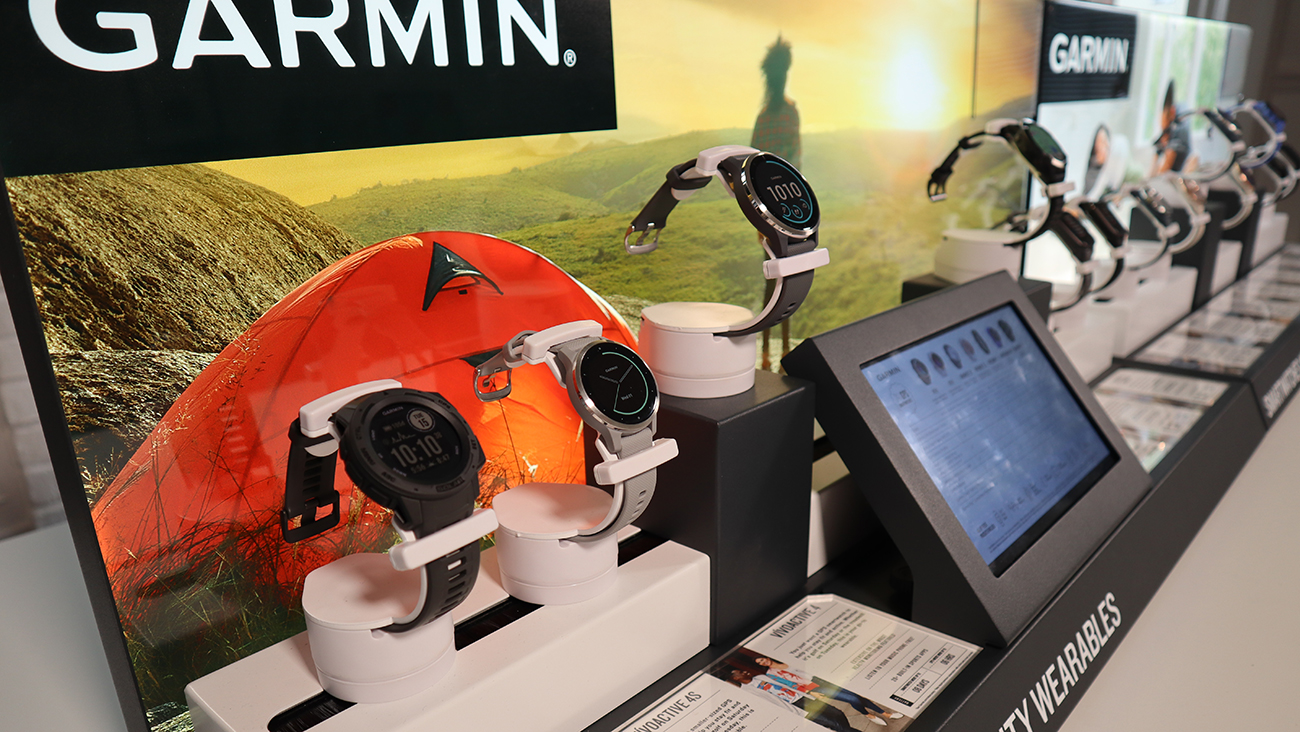retail experiences, innovation, insights
6 retail experiences to keep shoppers engaged

Brand and retail professionals know that delivering memorable instore retail experiences is the only way to attract and engage increasingly savvy shoppers.
Improved experiential retail is about enhancing the whole shopper journey, from the point of initial awareness, through the anticipation and expectation of the in-store shopping experience to the impact of the experience itself. It also extends to the payment and post-checkout process.
Whether through hands on try-out experiences or VR or interactive displays, physical retail stores must constantly vie for attention against their online ecommerce competitors, by using technology to differentiate an in-store visit and connect with customers.
With 77% of Gen-Z shoppers saying they’d prefer to shop in-store rather than online, this is the perfect time for brands to explore and invest in the many shapes and forms experiential retail comes in.
Personalisation and Interaction
One way that retailers can ensure that their in-store display solutions are keeping pace with evolving shopper expectations is to recognise and respond to the growing demand for personalised experiences that has become the norm of online shopping.
Many retailers are investing in technology that sends personalised messages and videos to customers based on factors such as their location or use of an app. These personalised touches make customers feel valued but also capitalise on the fact that shoppers are increasingly willing to interact with displays using their smartphones, thereby creating their own personalised shopping experiences.
Research from Google shows that 84% of “smartphone shoppers” already use their phones in-store to help them decide what to buy. Retailers that are tuned into this offer their customers the option to access tailor-made retail assisted shopping solutions by scanning a QR code or barcode and providing their personal information.

Immersive Experiences
When it comes to truly immersive retail experiences, it has to involve augmented or virtual reality.
Augmented reality gives customers the opportunity to try before they buy as was never possible in the past. For example, cosmetics company Sephora have invested in Virtual Mirrors that allow customers to see themselves digitally wearing different make-up looks.
Virtual reality is being used to satisfy customer desire for both the convenience of shopping online and an in-store experience. Virtual showrooms allow the customer to navigate a simulation of a store as if they were there in person. There is potential for the technology to integrate a social element whereby customers can shop with their friends online.

Multichannel
Multichannel retail offers shoppers the opportunity to use whatever devices and platforms they want to, at different points and times throughout their purchasing journey. For example, a customer may see a product they like on social media, then visit the brand’s website on their laptop or smartphone, followed by using in-store display technology such as lift-and-learn to explore the product before finally buying it.
Customers should be able to move seamlessly between these devices and platforms whenever it is convenient to them, and the transition from online to offline should be as easy and smooth as possible.
Multichannel experiences are essential not just for attracting customers but also retaining their attention along their shopper journey, using experiential technologies both online and offline to maximise their propensity to convert. These seamless multichannel experiences are more likely to result in a sale because shoppers do not need to repeat actions across multiple devices and channels.

Retailtainment
Retailtainment describes adventurous experiential retail. It is used to put customers in the mood to spend through the means of stimulating features, such as opportunities for interaction. For example, Adidas have developed a ‘Bring it to me’ option in their app for in-store shoppers. Customers can simply take a photo of the shoe they’d like to try on and a shop assistant brings it to them by accessing their location on their own device.
Unique retailtainment innovations like this excite customers and drive them to share their experiences on social media, thereby creating free marketing for the brand.
Lift and Learn Technology
Lift and Learn technology allows customers to experience the best of what both offline and online shopping offer. Shoppers are given the opportunity to be hands-on with a product whilst also receiving extra information, such as stock, reviews and accessory recommendations, usually only available when buying online.
For retailers, offering shopper experiences using these technologies can reduce return as by exploring product features, usability and ergonomics more thoroughly pre-purchase enabling customers to be more confident about their purchase.
Through integrated monitoring technology, brands are able to gather valuable data around shopper behaviours in response to these retail experiences, as well as enhancing engagement and conversions.

Wayfinding
Wayfinding is another key ingredient of the overall retail experience, and can play a huge role in influencing shoppers towards a purchase decision.
As a key element differentiating online from offline shopping, retailers are increasingly paying closer attention to wayfinding in-store using physical display and technology innovations. By getting this aspect of the retail experience right, retailers can help shoppers feel the benefit of being guided around a store, yet loosely enough that they are energised to purchase by a sense of their own autonomy.
Wayfinding adds elements of excitement and sophistication to retail experiences – for example with wayfinding technology such as apps that guide and direct shoppers virtually in- store – yet also simplifies and enhances the overall shopping experience.
Next steps
At Displayplan, we think retail displays should be designed to offer personalised, hands-on, educational and informative experiences. Displayplan helps its clients develop personalised retail experiences that appeal to the senses and emotions of target shoppers. We design your retail display to offer shoppers the opportunity to engage with your brand, experience your products and become invested in them. Speak with one of our retail display specialists on 01462 88 6000 or email info@displayplan.com.
